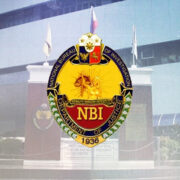Serving up a taste of home
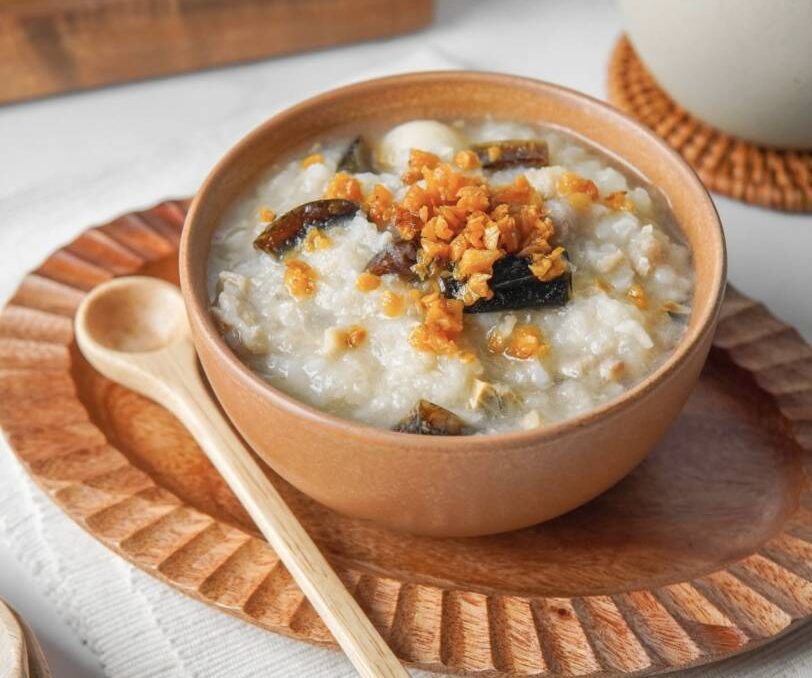
Albergus has been a part of my consciousness for as long as I can remember. Their catering vans were all over the busy streets of Metro Manila. Though admittedly, my affection for Albergus came late—just about a month ago. It didn’t begin with a grand feast, but with something humble: a taste of their kutsinta that was, quite simply, perfect. It was the best I’ve ever sunk my teeth into—luxurious in texture, clean in taste, soft yet gently chewy.
Their congee proved just as unforgettable—ultra generous with quail eggs, each spoonful comforting and deeply flavorful. The atcharang ampalaya was a revelation of sweet, tart, salty, with just the right touch of bitterness. It was so good, in fact, that I now keep bottles of it in stock. And the mango sago was so Pinoy—creamy, refreshing, and delightfully milky, lingering not just on my palate, but in my memory.
Sometimes, the simplest dishes tell the richest stories. And so, what began as satisfaction turned to curiosity.
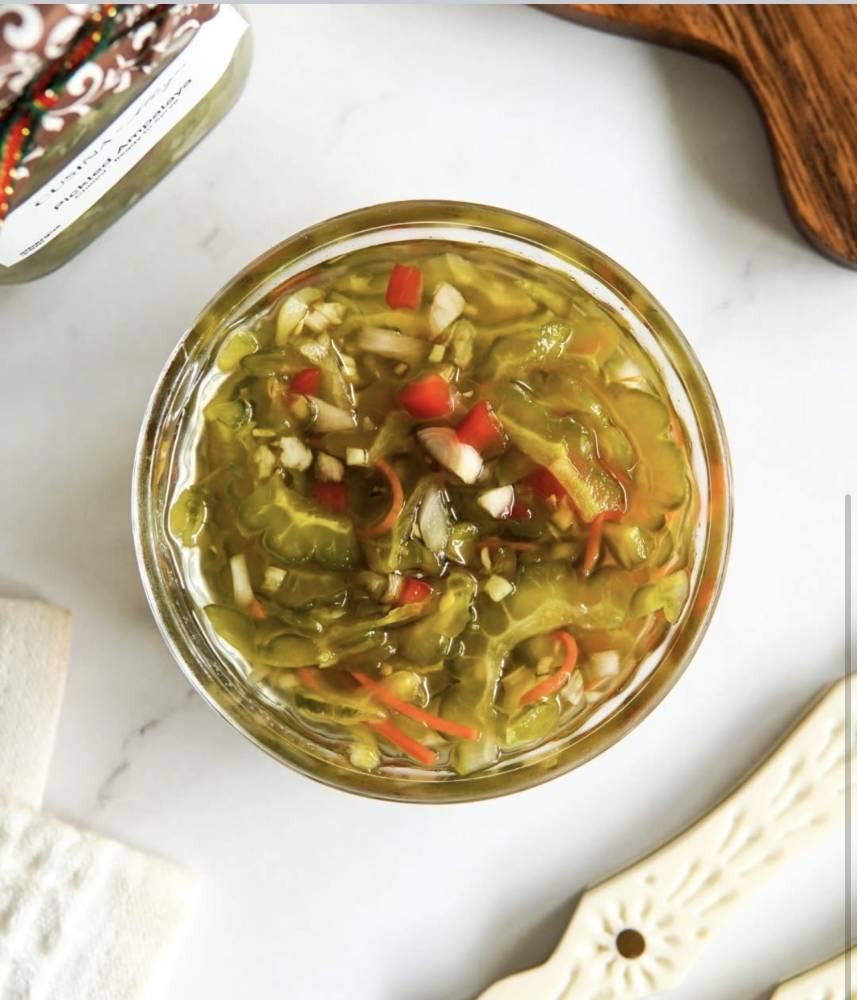
A household name
How did Albergus escape me? What is the story behind the name that has fed generations of Filipinos?
Their story began in 1977 with a woman named Ancis Unson, devoted mother of three and hands-on pawnshop owner. Entrepreneurial by nature, she ventured into jewelry, sugar trading, and every opportunity that came her way. But it was in the kitchen where Unson was happiest—cooking, sharing, and nourishing her family, friends, and anyone fortunate enough to cross her path.
One day, a client asked if she knew a good caterer for a birthday party. Without hesitation, she smiled and said, “I’ll do it.” That simple answer changed everything. From her own kitchen, Unson prepared every dish herself. To her delight, guests returned for seconds. And from there, a beautiful beginning was born.
Throughout her journey, her staunchest ally and greatest fan, her husband Frank, stood by her side—supporting her physically, financially, emotionally, and wholeheartedly. Together, they built not just a business but a legacy rooted in love, loyalty, perseverance, and service.
Family favorites made special
Her daughter, Mary Ann Unson Jugo, remembers a childhood built around food and celebration. “I rarely saw my parents,” she recalls. “They left before sunrise to buy ingredients in the market and came home late from events. But every summer, they made up for lost time.” Those summers were magical. Mama Unson planned family trips, and her children finally had her all to themselves.
At home, meals were simple and familiar: paksiw na bangus, sinigang sa bayabas, estofadong pata, fried hito with buro and mustasa, menudo, tulingan sa gata, and molo soup. The offerings weren’t fancy, but they were everything—tasty, grounding, comforting, and full of love. These humble home-cooked dishes would later shape the Albergus signature: food that carried the warmth and familiar flavors of home.
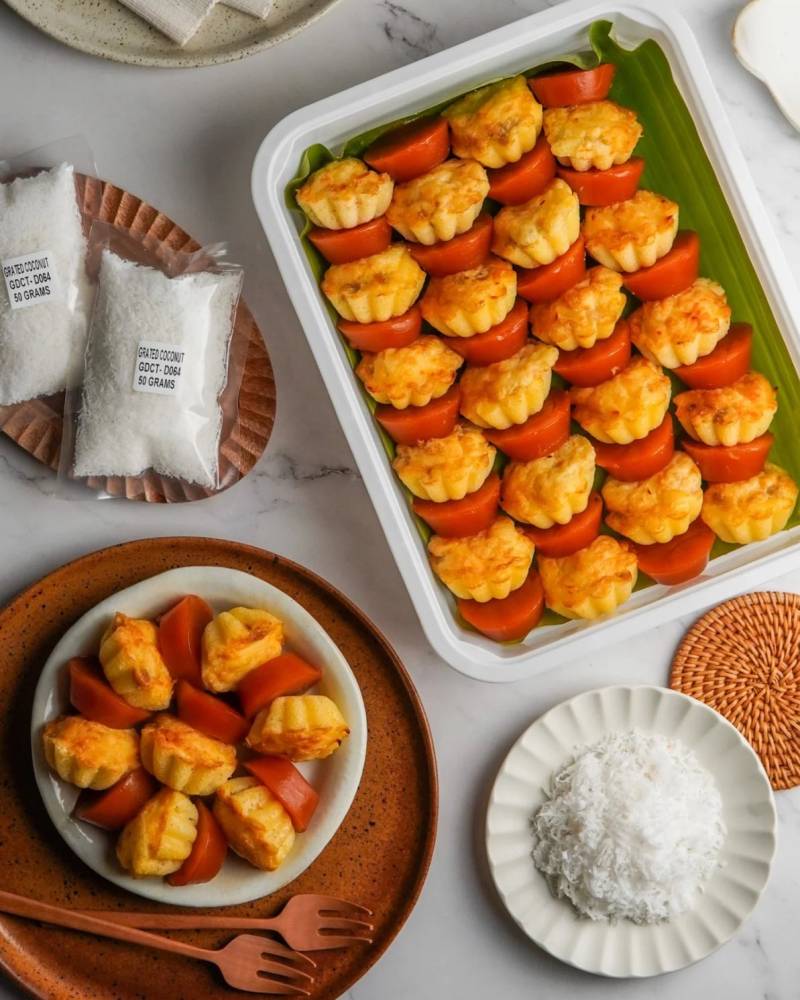
Mama Unson loved making bibingka, congee, lengua estofado, chicken crepe, beef mechado, pancit canton, and shrimp salad. Her secret ingredient, they say, was not just how she cooked—but how she poured herself into it.
Of the countless memories, one stands out—her hands gently peeling shrimps or alimango for her children, even when they were grown. They would protest, saying, “We can do it, Ma!” but she’d simply smile and keep peeling, as mothers do. To her brood, it was her way of saying, I love you.
Continuing the legacy
Orphaned at 13, she became both mother and father to her younger siblings—teaching, guiding, and feeding them. This is why Mama Unson expressed her love best through food. She remembered everyone’s favorites—family, friends, even clients—and would send dishes to their homes on birthdays, anniversaries, or simply out of thoughtfulness.
Wherever she traveled, it wasn’t malls or landmarks that thrilled her—it was the palengke. The market was her playground, her classroom, her joy. She’d return home with new ingredients, eager to recreate what she’d tasted—often making it even better. Their refrigerator was also always full, ready to surprise guests. That was her spirit—ever ready to welcome, to feed, and to care.
Perhaps all this is what makes Albergus so special. It isn’t just about the food—it’s about the feeling that comes with it.
When the family moved from Manila to Quezon City in the early ’80s, their new home was on the second floor, with the catering operations just below. The aroma of garlic and onions sautéing filled the air, drifting through the house.
Jugo recalled how weekends often meant helping out—peeling vegetables, packing meals, setting tables. “Those little tasks taught me what it means to serve,” she explains.
Of her mother’s three children, Jugo, the youngest, felt most at home in the kitchen. She pursued her culinary education at the Culinary Institute of America in Hyde Park, then worked at the Hyatt in Los Angeles. But now home and at the helm, Jugo keeps Albergus close to its roots—serving food made with the same love and warmth that began almost half a century ago in her mother’s kitchen.
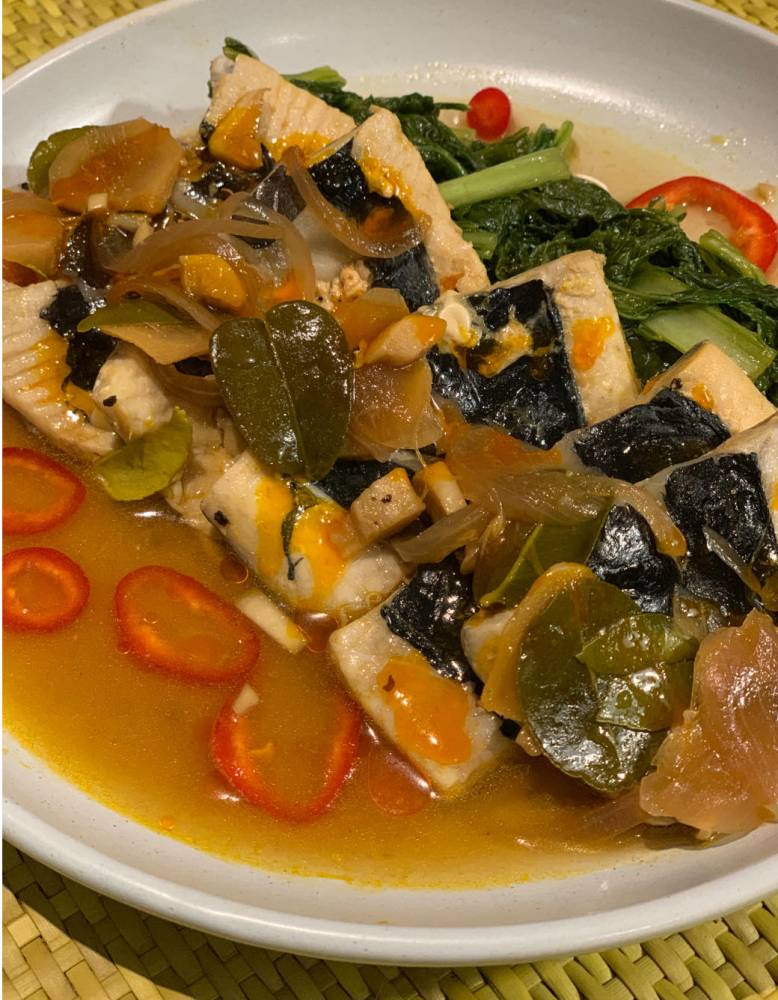
Paksiw na bangus belly
Ingredients
350g bangus belly
1/2 pc red onion, sliced
4 pcs garlic cloves, pounded
2 Tbsp vinegar
10g ginger, sliced
A pinch of black pepper
1 Tbsp patis, to taste
5 kaffir leaves, chiffonade
2 Tbsp atsuete seeds
1 cup hot water
4 pcs of eggplant, round, sliced
Pickled mustasa (served as a side dish)
Dipping sauces
Toyomansi (toyo and calamansi juice) with chilies
Patis with chilies
Procedure
1. Combine the atsuete seeds and hot water, mix, and let it stand for 3 to 5 minutes. Strain and set aside.
2. In a pot, combine all the ingredients (except the eggplant) and let it boil. Once it boils, cover and continue to simmer for about 15 minutes. You can add the eggplant at this time.
3. Transfer to a serving dish and serve with pickled mustasa on the side.




